Introduced in 1983, the OM-4 represented a significant step forward for Olympus and their film cameras. Black and professional, this camera sported features previously unseen, which I’ll get to in a bit. First, I should mention that this is my third Olympus SLR, and they are really starting to grow on me. I normally gravitate toward mechanical cameras, but the OM-4 is really a joy to use. Of course, it has its drawbacks, but I like it a lot.
Olympus engineered some interesting features in the OM-4, particularly in the metering system. One will notice additional buttons on the top, with cryptic labels. I assume that if you own one or intend to purchase one, you will at least refer to the manual to learn how to use these features. They can require some time and practice to become familiar. That is not to say they are useless; they are merely solutions to problems that exist in the real world, problems that we as photographers learn to overcome in one way or another.
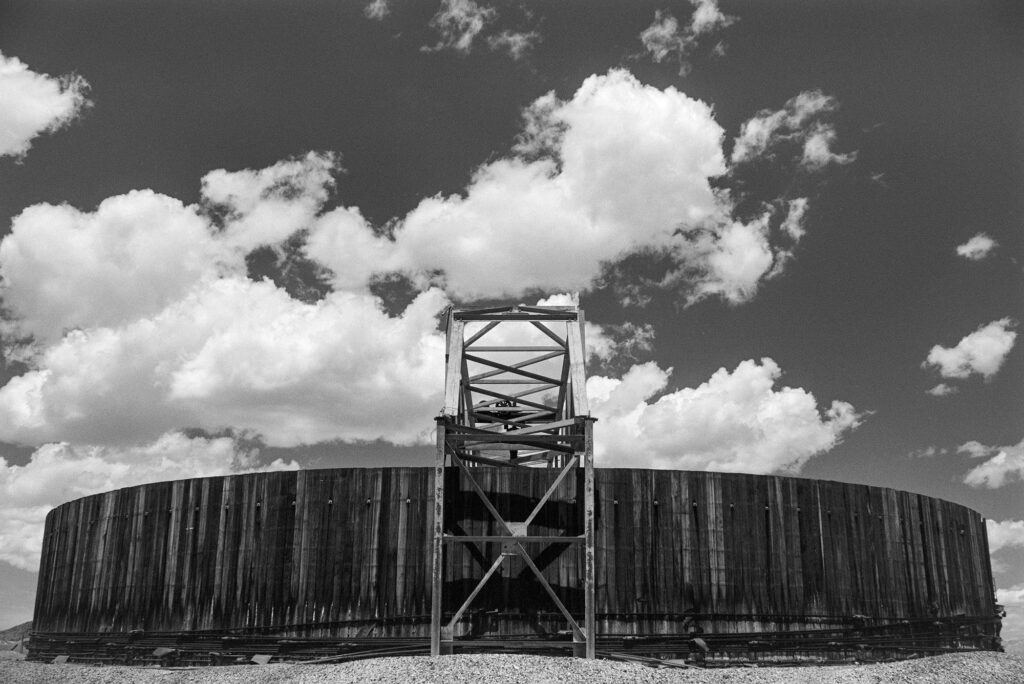
One of the new features is an improved/expanded spot meter option built in to the metering system. This is a rather uncommon feature, and Olympus makes it rather easy to use once it is understood. The spot meter isn’t just a one-shot deal; it can store up to eight readings, then generates an average of the exposure values. This would be handy when photographing scenes with particularly tricky lighting. Of course, using it effectively requires the ability to read a scene and decide what to meter. There is a red LED by the button that indicates that the spot meter function is engaged.
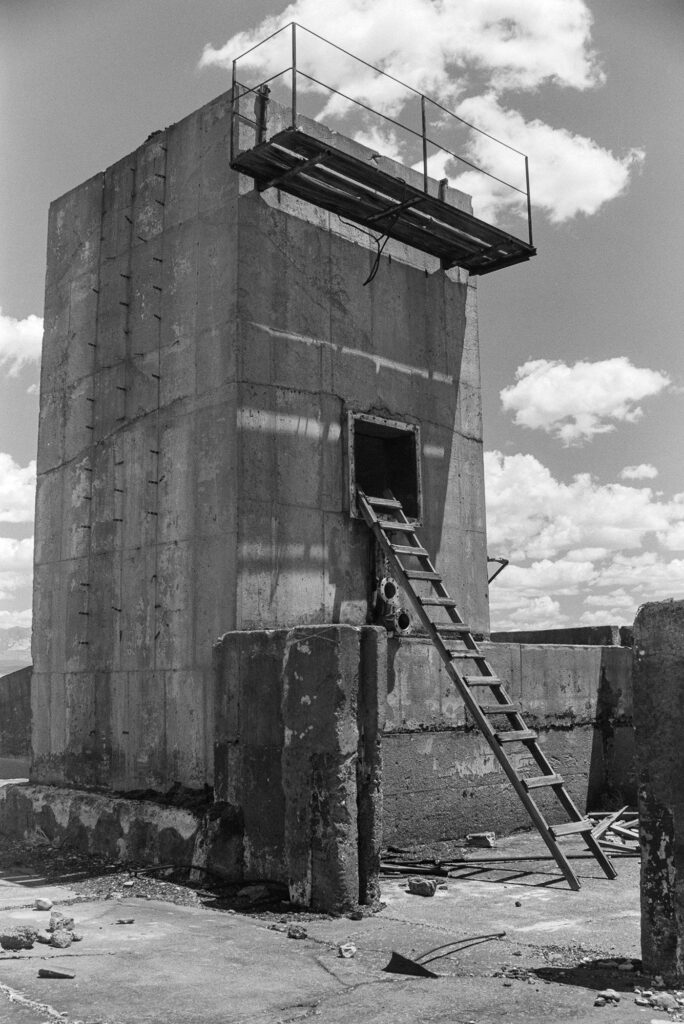
Another set of features is used in conjunction with the spot meter: the shadow and highlight buttons. These are used to ensure that very dark or very light subjects are exposed appropriately. One would use the spot meter to take a reading from a dark object, press the shadow button, and the exposure is adjusted to underexpose by 2⅔ stops. Likewise, an object that is to remain white is metered with the spot meter and the highlight button is pressed. This causes an overexposure by two stops, rendering the object very light. Some scenes require that a choice be made to retain either shadow detail or highlight detail. These features automate that exposure compensation once that choice is made.

Around the shutter release button is a rotating collar marked “Memory” and “Clear”. The “Memory” setting functions much like today’s autoexposure lock (AEL) on more modern cameras. This is helpful when photographing the same subject with different or rapidly changing backgrounds. Another situation may be a fashion shoot in which the photographer wants to keep skin tones constant regardless of light or dark clothing being modeled, which can affect an averaged meter reading.
Rotating the collar clockwise engages the memory setting. Turning the collar the opposite direction clears all the temporary settings, such as the memory, stored spot meter readings, and the shadow or highlight compensation. Among that cluster of controls on the right side of the top is the film advance release/rewind button. Conspicuously marked “R”, this is pressed after the last frame is exposed. It disengages the film advance gear train and allows it to be rewound.
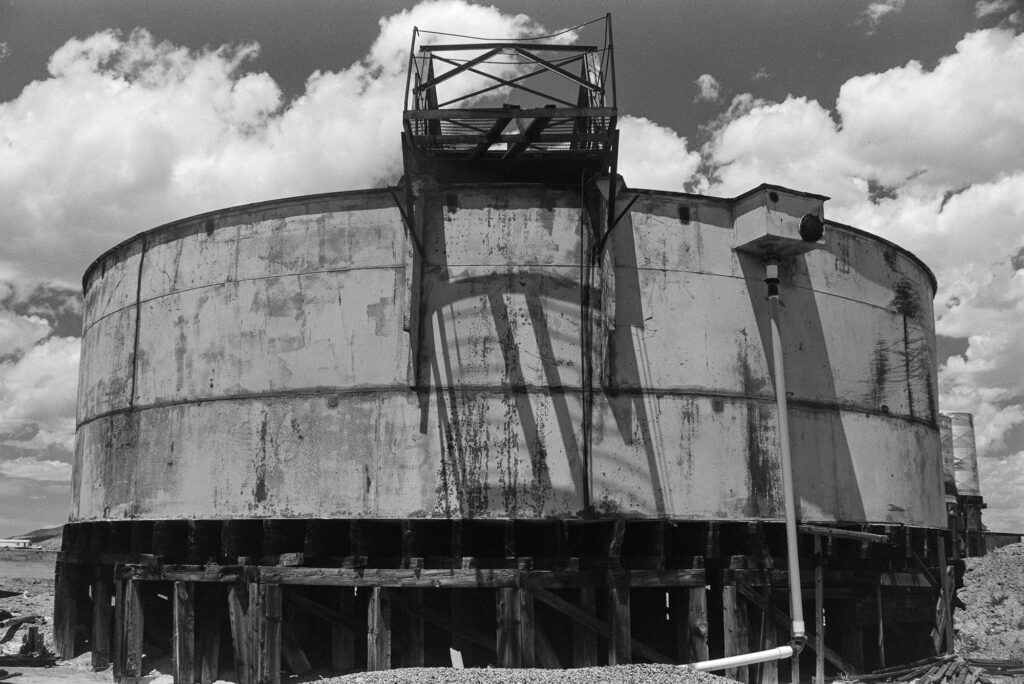
On the top left of the camera is a lever with three settings: Manual, Auto, and Battery Check. In reverse order, the battery check will light up a red LED on the front when engaged. The Auto setting is an aperture priority system, in which the photographer chooses the desired aperture, and the camera chooses the appropriate shutter speed. The Manual mode is exactly that, allowing the photographer to make informed decisions while evaluating and metering the scene. There is also a viewfinder diopter adjustment dial on the left side of the pentaprism, which can be adjusted for maximum clarity.
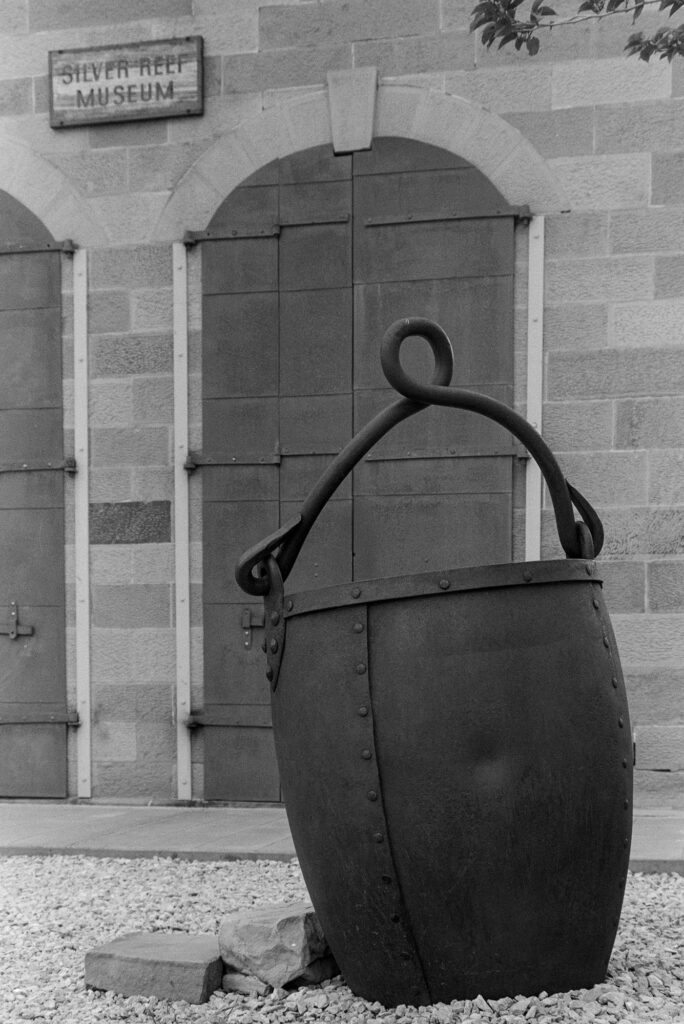
Also on the left side is the ISO/ASA film speed setting as well as a manual over- and underexposure compensation dial. This allows up to two stops under or over, in one-third stop increments. All in all, this camera allows for varying degrees of control and decision making regarding exposure compensation. I wonder if it offers too much—after all, the professional or advanced enthusiast likely already knew how to compensate manually for light, dark, or backlit subjects. Those options are there nonetheless.
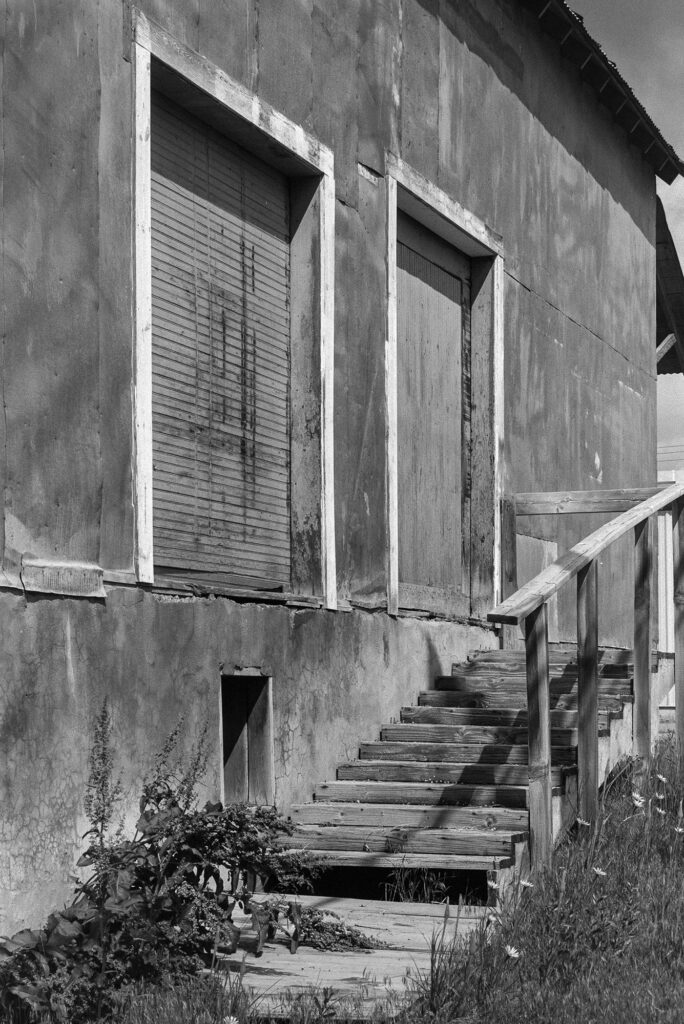
On the camera’s front one finds typical Olympus control placement, with the shutter speeds on a rotating ring around the lens mount. For those accustomed to other brands of cameras, this is an odd place for it. Also on the front of the camera body there is a red lens with a black tabbed collar around it. The collar must be lifted and rotated counter-clockwise (facing camera) just a little to engage the self-timer. The self timer stays engaged until the collar is returned to its center position. Lifting and rotating the collar the opposite direction turns off all audible signals.
Overall, this is a very well-built, solid camera designed for professional use. It feels good in the hand and communicates precision and serious engineering. Upon releasing the shutter, there is little felt recoil or movement resulting from the shutter and mirror movement. I believe this contributes to sharper photos. All operations are smooth and precise.
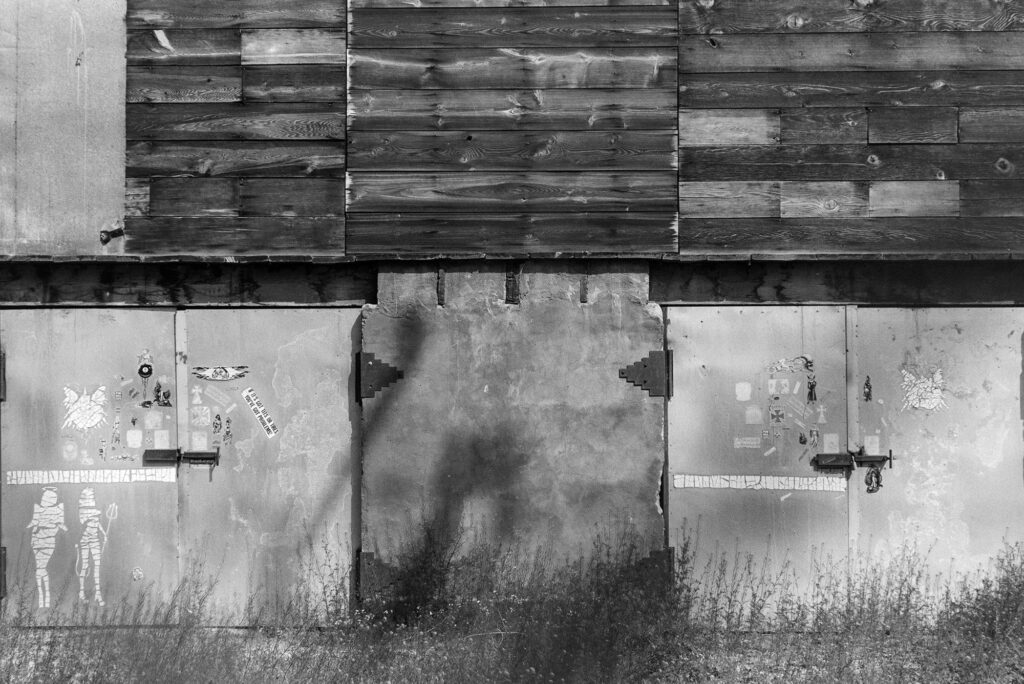
In typical use, I find myself not using all the features, as I am accustomed to manual control. That said, I wanted to thoroughly test the meter and autoexposure system, so I shot three rolls on “Auto”. The meter proved itself worthy. Modern metering systems are more “intelligent”, but this spot-shadow-highlight system offers a lot of creative control.
The viewfinder is gloriously large and bright. Focusing is aided by a micro prism zone in the middle. Nothing extends into the viewing area to distract. The meter readout is at the bottom of the viewfinder. When in “Auto” mode, it is a lighted LCD bar graph that shows the appropriate shutter speed for the available light and aperture setting. When in “Manual” mode, the shutter speed is shown below an over/under meter scale, with the bar graph showing how the current settings will expose relative to the meter’s preference. That bar graph changes as the photographer adjusts the aperture or shutter speed. I find it to be a very simple and intuitive interface, all while being unobtrusive.
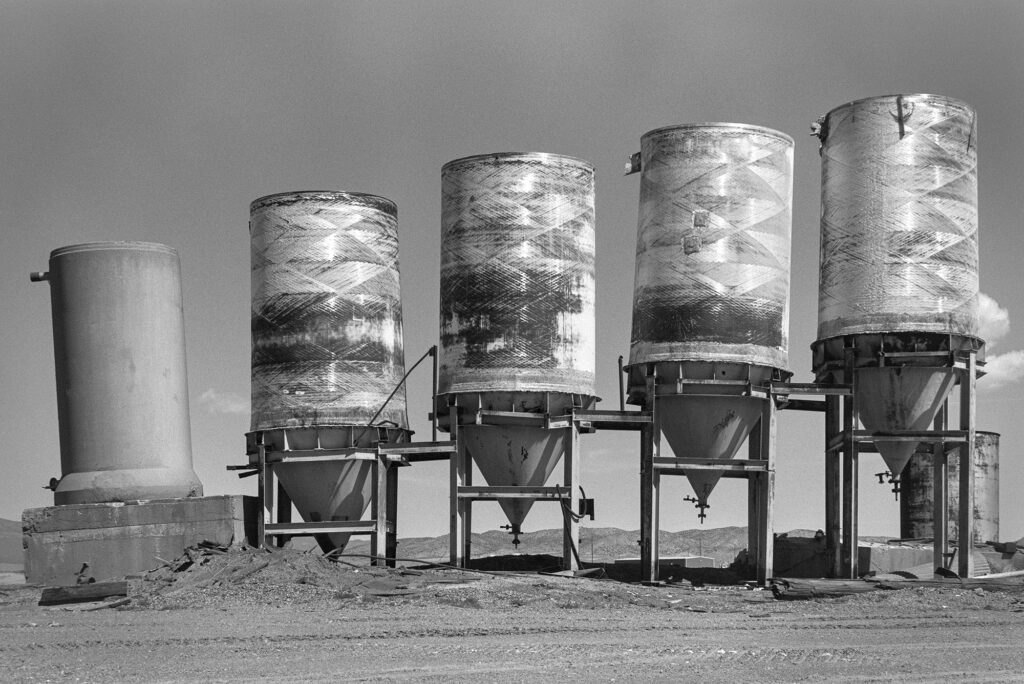
Are there any weaknesses or disadvantages? Perhaps, but this is rather subjective. One common complaint is battery drain. I understand that early models allowed the batteries to discharge even while not in use. I have found that the meter shuts off after a certain amount of time left idle. The other workaround for storing the camera is setting the shutter speed to the red “B” bulb or the red “60” mechanical shutter setting. This effectively shuts off the electronics, allowing it to be stored for longer periods without any battery drain.
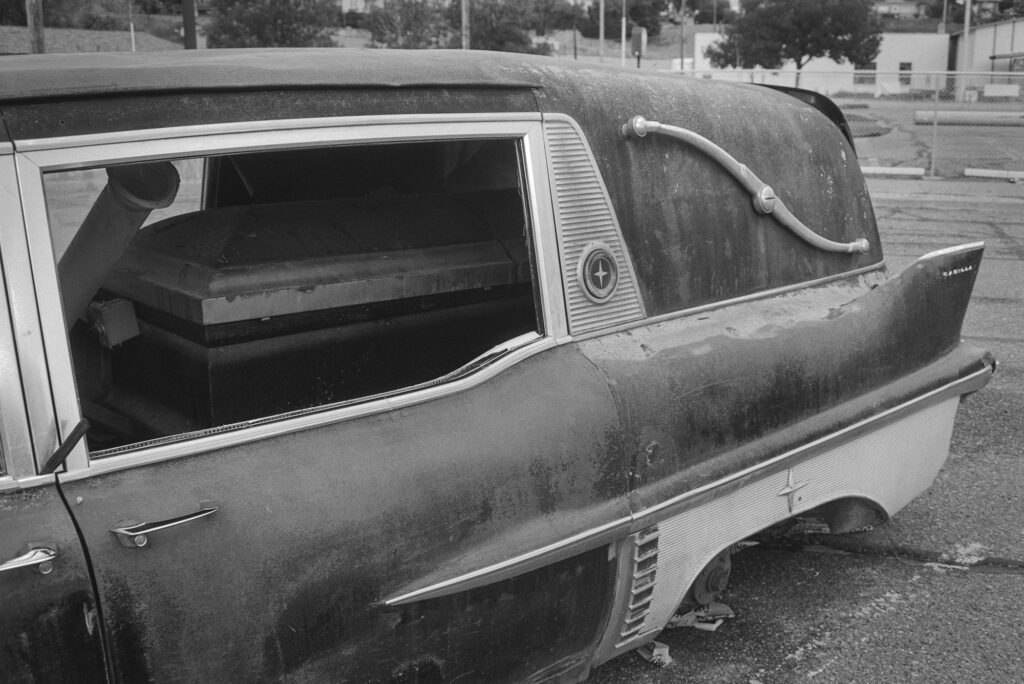
If the battery does die during a shoot, the red “60” setting on the shutter speed dial allows for a strictly mechanical 1/60 second exposure regardless of the state of the battery. This is not a unique option, as the Nikon F3 has a similar option. I like to store my camera with the shutters in the discharged state, so as not to strain any springs over the course of periods of disuse. I also remove the batteries, to prevent damage from leakage. This feature allows me to exercise and discharge the shutter without bothering with batteries.
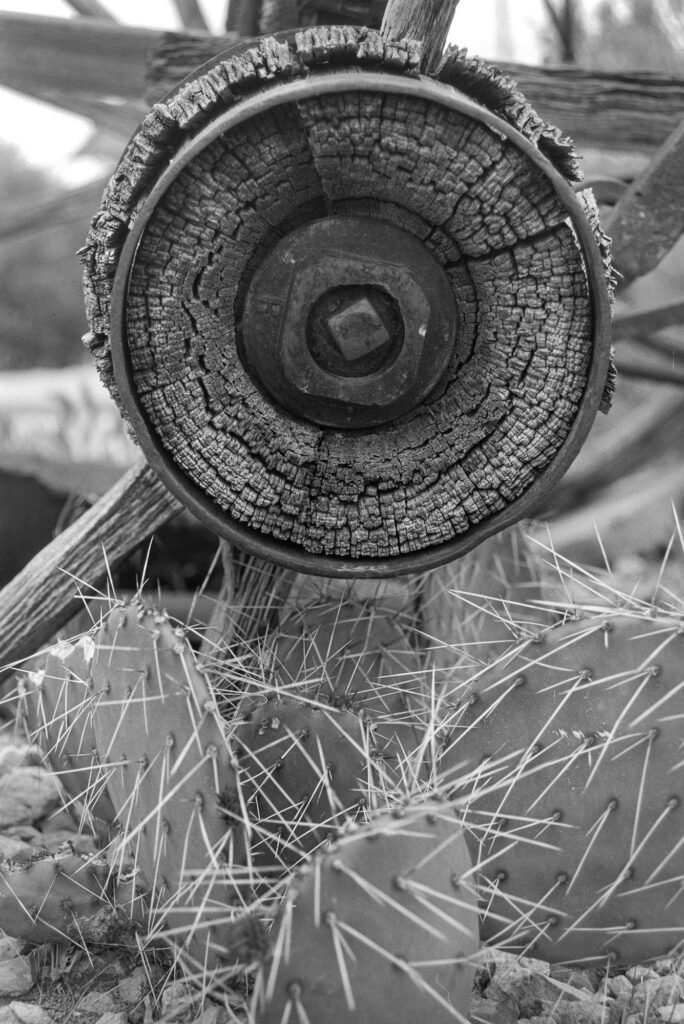
A feature that can be considered either an asset or liability is the electronic shutter. The mechanism is mechanical in nature, but the timing is controlled electronically. Electronic shutters are more likely to keep their accuracy over time. But, if and when it dies, I’m not confident there is a reasonable or cost effective repair option. I believe mechanical shutters will be around longer, as they can be more readily serviced. Their reasons for failure are different, and I have simply had more luck servicing and maintaining mechanical systems than electronic ones.
Some may consider all the metering control options to be excessive. These were offered for greater control in different modes, and can become useful tools in practiced hands. Compared to a Nikkormat or K1000, this is a very complex camera. Compared to a modern digital camera with endless menus, image settings, GPS and wifi, this is still remarkably basic. The Olympus OM-4 is a very capable camera with advanced features for its time, and represented a high point in the OM film camera dynasty.
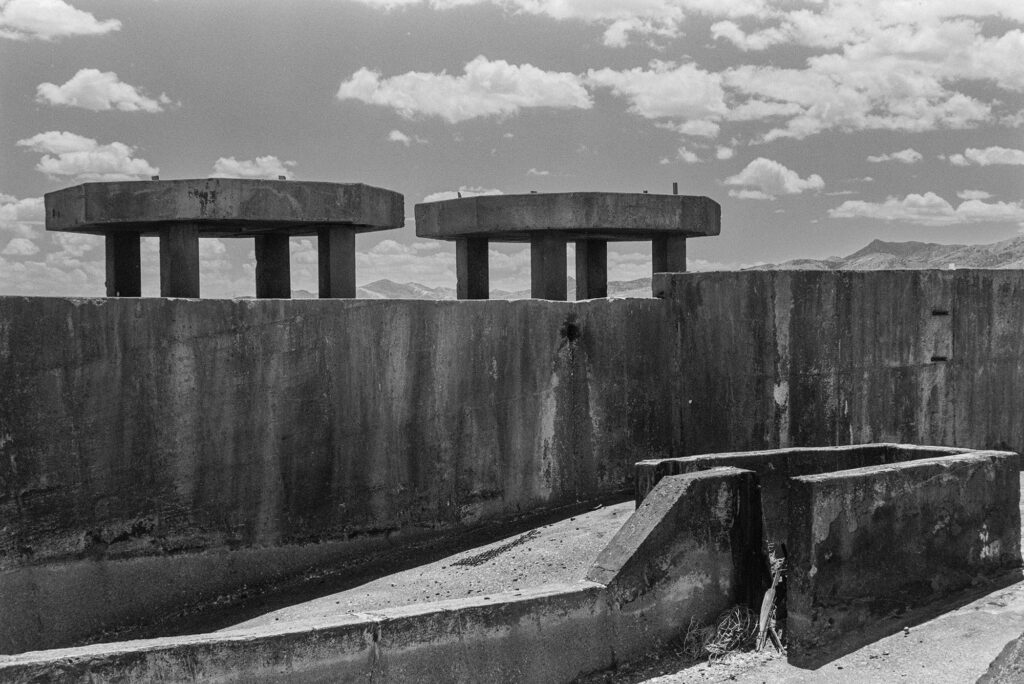
Specs:
Designation: Olympus OM-4 35mm SLR camera
Introduced: 1983
Weight: 545g (1lb, 3.2oz)
Shutter: Horizontal rubberized cloth focal plane shutter
Shutter Speed range: 1-1/2000 second plus bulb
Flash Sync: 1/60 second
ASA range: 6-3200
Hot shoe: Yes, plus PC cord socket and off-camera TTL flash coupling.
Meter: LED bar graph in viewfinder, options for spot averaging, shadow-highlight compensation
Battery: 2 x LR44 equivalent (for meter only)
Self-Timer: Yes
DOF Preview: On OM lenses
Mirror lockup: No

